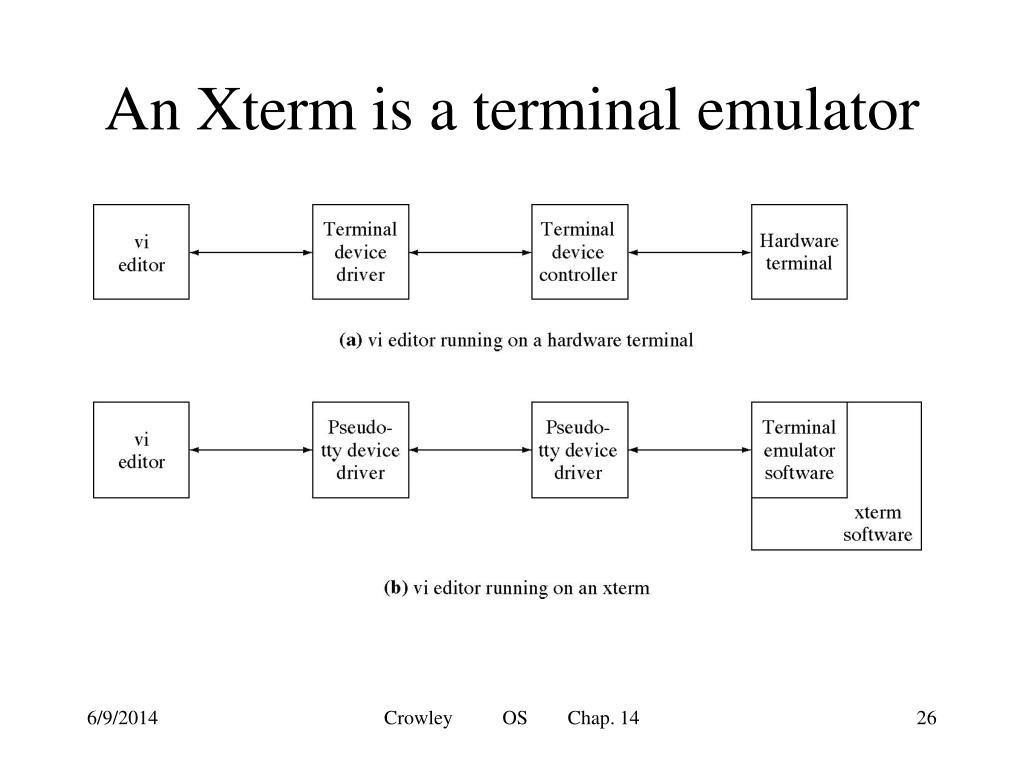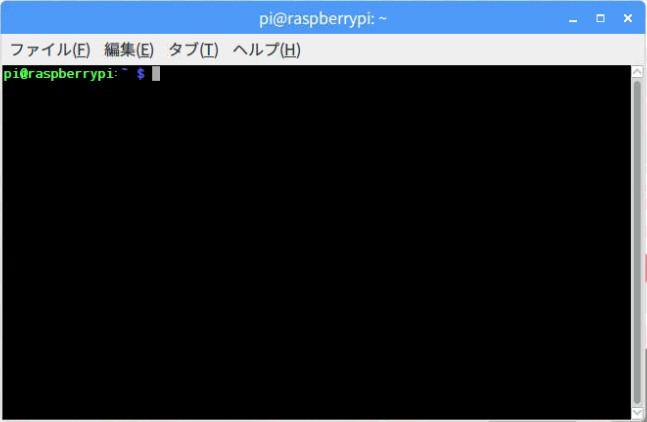
- UXTERM VS LXTERMINAL PATCH
- UXTERM VS LXTERMINAL WINDOWS
XTerm color numbers and RGB values are shown for each.Īs with most X applications, xterm can be customized via global X resources files (e.g. Ĭhart of the 256 colors available in an xterm with color support.
UXTERM VS LXTERMINAL PATCH
Controls DECSMBV and DECSWBV for setting the margin- and warning-bell volume were added in patch 254.
VT520: Although not officially emulated, parts of VT520 features were implemented. In 2012, xterm's default emulation was changed to VT420 to allow tmux to assume the corresponding left/right margin support. VT420: DECSTR (soft terminal reset) was added in patch 34. Later, in 1998, xterm added support for VT220 features, such as extending its support of ISO-2022 shift functions to provide the National Replacement Character Set feature. Later versions added control sequences for DEC and other terminals such as: Most terminal emulators for X started as variations on xterm.įeatures Terminal emulation Įarly versions emulated the VT102 and Tektronix 4014. As Gettys tells the story, "part of why xterm's internals are so horrifying is that it was originally intended that a single process be able to drive multiple VS100 displays." Īfter many years as part of the X reference implementation, around 1996 the main line of development then shifted to XFree86 (which itself forked from X11R6.3), and it is now maintained by Thomas Dickey. It rapidly became clear that it would be more useful as part of X than as a standalone program, so it was retargeted to X. It was originally written as a stand-alone terminal emulator for the VAXStation 100 (VS100) by Mark Vandevoorde, a student of Jim Gettys, in the summer of 1984, when work on X started. 
XTerm originated prior to the X Window System. Those options have limitations, as discussed in the xterm manual. Normally focus switches between X applications as the user moves the pointer (e.g., a mouse cursor) about the screen, but xterm provides options to grab focus (the Secure Keyboard feature) as well as accept input events sent without using the keyboard (the Allow SendEvents feature).

Each xterm window is a separate process, but all share the same keyboard, taking turns as each xterm process acquires focus.
UXTERM VS LXTERMINAL WINDOWS
An X display can show one or more user's xterm windows output at the same time. If no particular program is specified, xterm runs the user's shell.

It allows users to run programs which require a command-line interface. In computing, xterm is the standard terminal emulator for the X Window System.







 0 kommentar(er)
0 kommentar(er)
